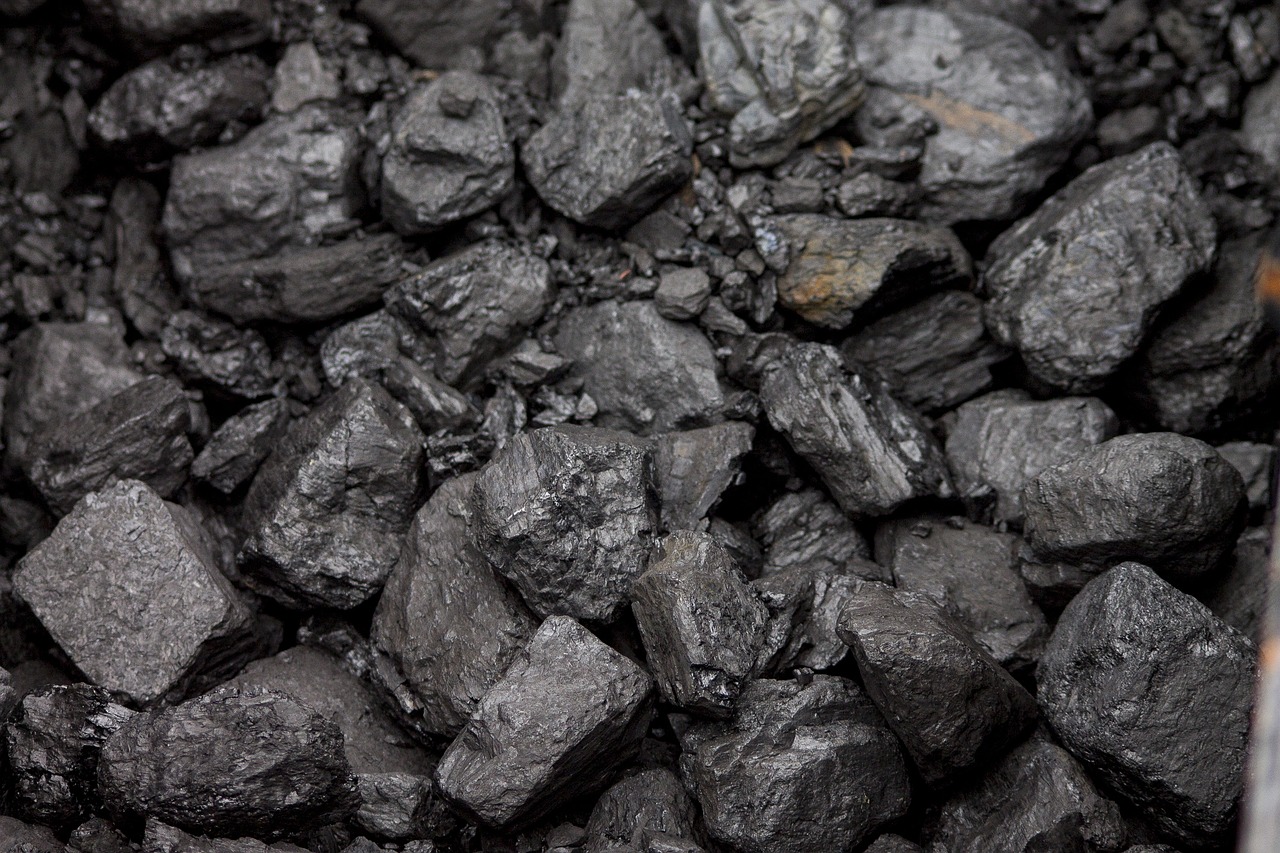News
The World is Promoting Green Development, but China still Insists on Coal Industry
Despite China's desire to move away from coal, its demand for the fuel remains strong as rising global temperatures trigger heat waves that increase electricity demand and boost coal prices. Thermal coal futures hit a record high in July as domestic electricity use soared during the heat wave. In industrial areas such as Zhejiang near Shanghai, electricity consumption exceeded 100 million kilowatts per hour as temperatures rose to 37 degrees Celsius.In order to reduce the use of high-energy consumption, coal prices broke through 900 yuan/ton (nearly $140) in mid-July. Previously, Asian coal prices hit a record high in May, and the IEA report was pessimistic, encouraging countries to switch from fossil fuels to renewable alternatives.
Despite growing international pressure, the coal industry in much of Asia is still booming, and China is in control. Although China is trying to move away from coal and limit electricity use to cope with the growing demand for this major pollutant, the high temperatures have forced the government to continue production and imports to meet this demand.
"It has been hot in southern China, and the daily power load has continued to set new highs," said Wang Haitao, an analyst at Huatai Futures.
In the Zhejiang region, only 30% of energy comes from renewable energy, which means that industrial areas across China will still rely heavily on coal in the coming years.
Another key driver of coal prices is China’s halt to imports from Australia, as several fatal accidents in the Australian coal industry led to inspections.
Paul Flynn, CEO of Whitehaven Coal, explained the increase in demand. “We have also received requests from Japanese customers to bring forward shipments, which is definitely a sign that the market is short of supply and needs more coal.”
The surge in Asian demand is the main reason why coal prices are unlikely to fall back, as coal resources in Europe and other regions have long been abandoned. In fact, Australian coal prices have risen 86% since the beginning of 2021, exceeding $150/ton by the end of July, the highest level since September 2008. Similarly, South African coal prices have risen 44% in 2021.
Governments may be feeling the pressure to switch to cleaner energy, but as populations grow, energy demand increases, and many countries simply can’t keep up without continuing to use oil, gas and coal.
Asia isn’t the only region expecting a resurgence in coal as demand rises again. In June, Glencore agreed to buy BHP and Anglo American for $588 billion to become the sole owner of the Cerrejon open-pit coal mine in Colombia.
The IEA now expects coal demand to grow by 1.8% in 2021, higher than all previous forecasts, as coal-fired power plants become increasingly scarce across Europe. This makes “the world’s least loved commodity one of the best performing assets this year.”
This is also a big change from last year, as COVID-19-related lockdowns and other restrictions caused coal demand and prices to fall sharply in 2020.
As a result, as Europe continues to move away from its previous strong coal mining efforts, many parts of Asia, Australia, South Africa and South America continue to invest heavily in traditional energy, so there is still a lot of demand for coal.

RELATED NEWS
- India Wants to Change the Global Energy Landscape
- Volkswagen Plans to Form Third Joint Venture Car Company in China to Develop New
- Russia Plans to Significantly Increase Nuclear Power Generation Capacity
- Two Exhibitions Open at the Same Time! BANDON Detonates Industry Hot Spots!
- "BANDON Cup" Quality Victory Channel and Heat Pump Ceremony Successfully Held
